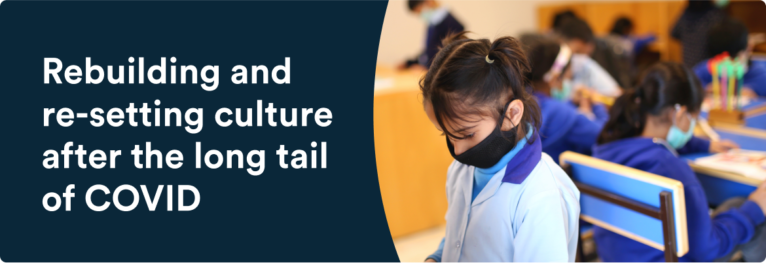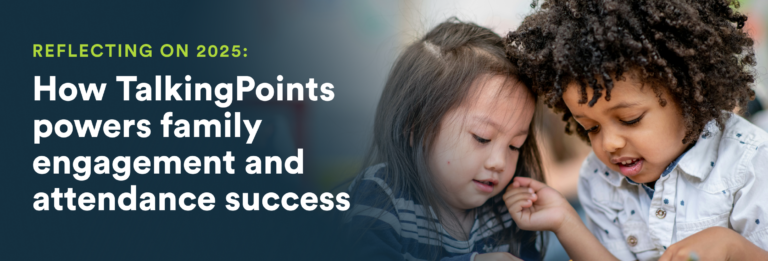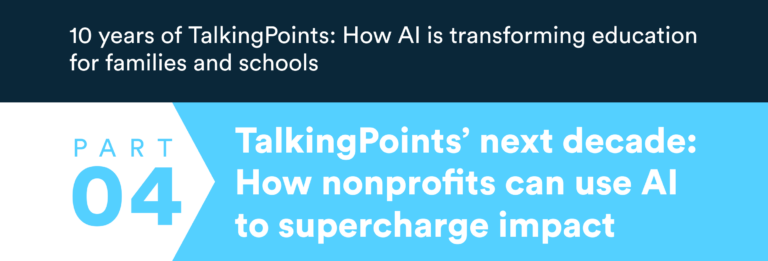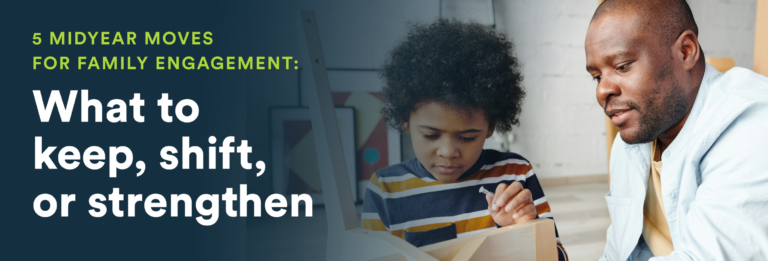Written by Kate Pechacek
If change is hard, then COVID may have been the hardest collective moment in US education history. If schools could name one word they would like to leave in the past, it is likely “COVID.” But the impacts of distance learning and school closures from the pandemic have lingered – they are the long, disruptive tail for schools that shows up in so many ways for students, staff, families, and entire communities. As the 2023-24 school year swings into full gear, many administrators are thinking about how to partner with families, staff, and students to reinforce and perhaps even re-establish a positive, collaborative school culture.
Long tail effects on culture in schools
Let’s first explore how this “long tail” is showing up. Many teachers, some for the first time in their careers, feel discouraged and defeated. COVID pulled back the curtain on what was happening at schools when virtual learning brought classroom instruction into families’ homes. However, those experiences weren’t a representative sample of the in-person reality of school that preceded COVID. Instead, it was a homed-in look at the most drastic shifts to every normal process and procedure schools had previously established. It was a look at schools during the most tumultuous time in history.
This unique combination of families and schools merging environments during a challenging time added to stress for families and educators. The veneer of professionalism governing adult interactions wore thin – sometimes straining relationships between home and school. This more tenuous relationship has followed many as they returned to in-person learning and continues to affect educators, families, and students. In a June 2023 Ipsos/NPR poll, 73% of K-12 teachers said the public’s perceptions of teachers have worsened in the past decade. According to federal data, 80% of public schools reported that the pandemic has taken a toll on student behavior and social-emotional development. A statewide survey of students in Wisconsin revealed that 52% reported having anxiety, 34% said they were sad or hopeless every day, 22% reported harming themselves, and 25% of female students seriously considered suicide. Student well-being struggles also show up in how often they come to school: more than 70% of public schools experienced an increase in chronic absenteeism during the 2021-22 school year. In a 2022 NEA survey, 55% of educators said they were considering leaving the profession – many citing difficulties related to the pandemic and burnout.
Re-building culture through universal design
So, how can education leaders strengthen the relationships between school and home and rebuild a positive, supportive culture in their schools? Ending the long tail of COVID will not be accomplished by going back to pre-pandemic practices; it will require deep collaboration between schools and teachers. Relentless relationship building will enable every student to benefit from a school-family “wrap-around” support system. As schools build this school-home collaboration, trust amongst both parties can grow, and this changes school culture. With a more positive school culture, staff retention improves, families feel connected and loyal to the school – which can maintain and support improved enrollment – and students will be better supported.
The first step in building trusting relationships between individual families and schools is to ensure barrier-free mechanisms for communication. Schools simply can not rely on one-way communication at families any longer; universally designed approaches to communication are needed to enable and encourage genuine two-way engagement. Universal design means barriers for some are identified and removed for all. Those barriers can present in different ways: limited technology access, home language differences, varied literacy levels, cultural discomfort with school engagement, and a lack of understanding of the US education system.
Once barrier-free communication is possible, schools can begin to learn from families the vital information about students that goes beyond data in the student information system – insights critical for educators to know how best to support students at school. And families can begin to learn from schools how they can support their child’s learning and development. These shifts in family-school relationships will start to show up with improvements in attendance, behaviors in the classroom, and ultimately, academic success and student well-being improvements. These changes will positively impact school cultures, ending the long negative tail of COVID and resulting in happier, healthier, and more successful kids.



